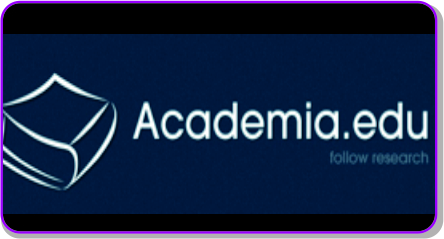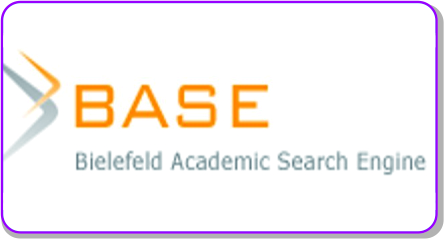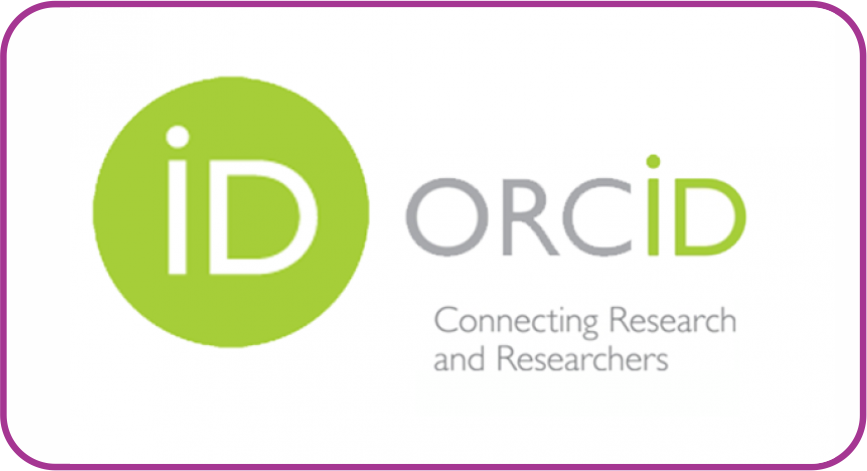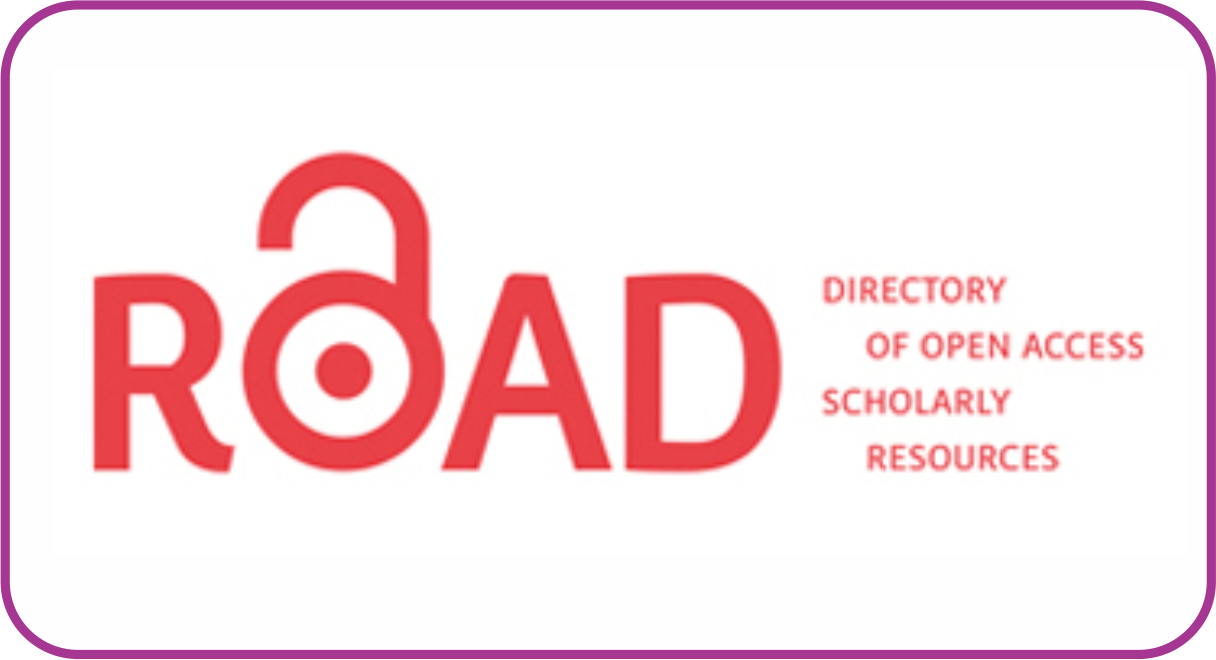Proses Berpikir Mahasiswa Program Studi Matematika IAIN Bukittinggi dalam Memecahkan Masalah Geometri Ditinjau dari Perbedaan Gender
DOI:
https://doi.org/10.30983/educative.v4i1.1286Keywords:
Thinking Process, Mathematics Problem, Geometry, GenderAbstract
This study aims to describe the thinking process of students in solving geometry problems in terms of gender. This research is qualitative-descriptive. The subject of this research is the Semester V student of Bukittinggi IAIN Mathematics Education. The instruments used are tests and interviews. the thinking process of Bukittinggi IAIN PMTK students in geometry problem solving tends to be different in the stages of processing information on men and women. In planning and resolving problems in female subjects more analytical in completing compared to male subjects. But the subject of men is more able to describe the problem. Male subjects can see with a different perspective. But this depends on the questions given and the understanding of concepts and experiences that have existed in the previous subject related to the questions given
Penelitian ini bertujuan untuk mendeskripsikan proses berpikir mahasiswa laki laki dan perempuan dalam memecahkan masalah geometri. Penelitian ini bersifat kualitatif-deskriptif. Subjek pada penilitian ini adalah satu mahasiswa laki laki dan satu mahasiswa perempuan Pendidikan Matematika IAIN Bukittinggi yang memiliki kemampuan matematika yang setara dan komunikatif. Adapun instrumen yang digunakan adalah tes pemecahan masalah geometri dan wawancara. Proses berpikir mahasiswa dalam memecahan masalah geometri cenderung berbeda pada tahapan mengolah informasi pada laki laki dan perempuan. Dalam merencanakan dan menyelesaikan masalah pada subjek perempuan lebih analitis dalam menyelesaikan dibandingkan dengan subjek laki laki. Namun subjek laki laki lebih bisa menggambarkan dan mengabstrakkan permasalahan. Subjek laki laki bisa melihat dengan sudut pandang yang berbeda. Namun hal ini tergantung pada soal yang diberikan serta pemahaman konsep dan pengalaman yang telah ada pada subjek sebelumnya terkait soal yang diberikan.
References
Budhi, Wono Setya dan Bana G. Kartasasmita, Berpikir Matematis, Matematika Untuk Semua (Jakarta: Erlangga, 2015)
Gagne, R. M, The Conditions of Learning (New York: Holt, Rinehart and Winston Inc, 1970)
Hightower, M. W, ‘The Boy-Turn in Research on Gender and Education’, American Educational Research Association, Vol. 73 No (2003), 471-498.
Huberman, Miles and, Data Analysis (America: Sage Publications, 1994)
Marpaung, Y, Struktur Kognitif Dalam Pembentukan Konsep Algoritma Matematis (Yogyakarta: Mrican, 1987)
NCTM, ‘Principles and Standards for School Mathematics’, National Council of Teachers of Mathematics, Reston VA (2000)
Polya, G, How Tio Solve It (Princeton, New Jersey: Princeton University Press, 1973)
Santrock, J. W, Child Development (McGraw Hill Companies, 2007)
Saragih, S, ‘Pengambangan Keterampilan Berpikir Matematika’, Makalah Seminar Nasional Matematika Dan Pendidikan Matematika FMIPA UNY, 2008
Schoenfeld, A. H, Learning to Think Matematically: Problem Solving, Metacognition, and Sense Making in Mathematics (Newyork: MacMillan, 1992)
Slavin, Robert, Psikologi Pendidikan Teori Dan Praktik Jilid 1, Indeks (Jakarta)
Solso, R. L, Cognitive Psychology (Boston: Allyn and Bacon, 1995)
Suherman, Erman, Strategi Pembelajaran Matematika (Bandung: JICA, 2003)
Suherman, Erman dkk., Strategi Pembelajaran Matematika Kontemporer (Bandung: JICA, 2003)
Tasnim Rahmat, Pipit Firmanti, ‘Proses Berpikir Mahasiswa Pmtk Iain Bukittinggi Dalam Menyelesaikan Masalah Matematika’, Jurnal Tarbiyah, 24 (2017), 330–50
Zhu, Zheng, ‘Gender Differences in Mathematical Problem Solving Patterns: A Review of Literature’, International Education Journal, Vol. 8(2) (2007), 187–203
Downloads
Submitted
Accepted
Published
Issue
Section
License
Authors who publish with this journal agree to the following terms:
1. Authors retain copyright and grant the journal right of first publication with the work simultaneously licensed under a Creative Commons Attribution License that allows others to share the work with an acknowledgment of the work's authorship and initial publication in this journal.
2. Authors are able to enter into separate, additional contractual arrangements for the non-exclusive distribution of the journal's published version of the work (e.g., post it to an institutional repository or publish it in a book), with an acknowledgment of its initial publication in this journal.
3. Authors are permitted and encouraged to post their work online (e.g., in institutional repositories or on their website) prior to and during the submission process, as it can lead to productive exchanges, as well as earlier and greater citation of published work (See The Effect of Open Access).





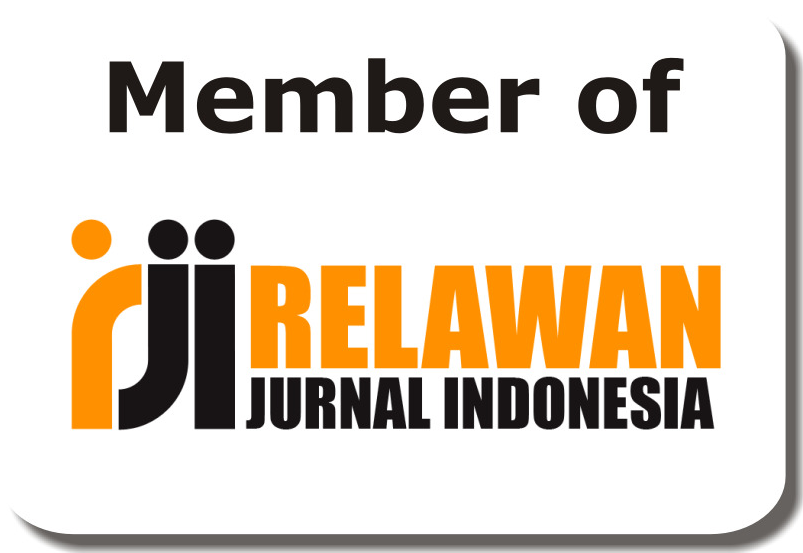
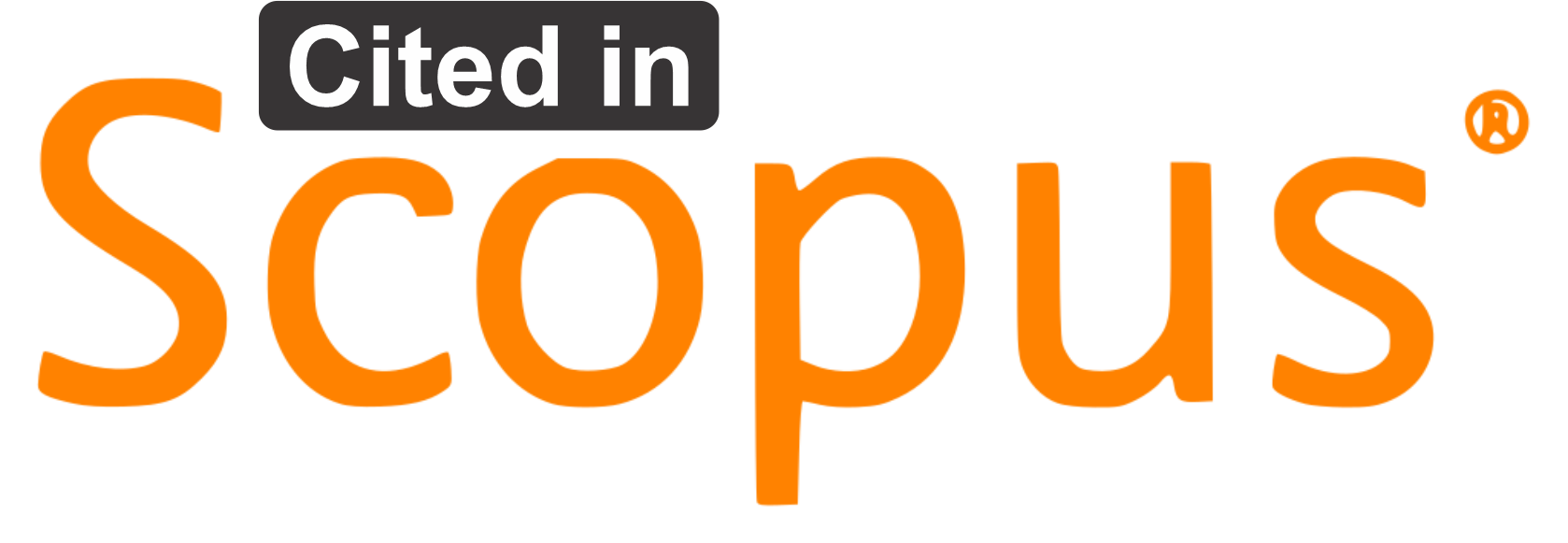

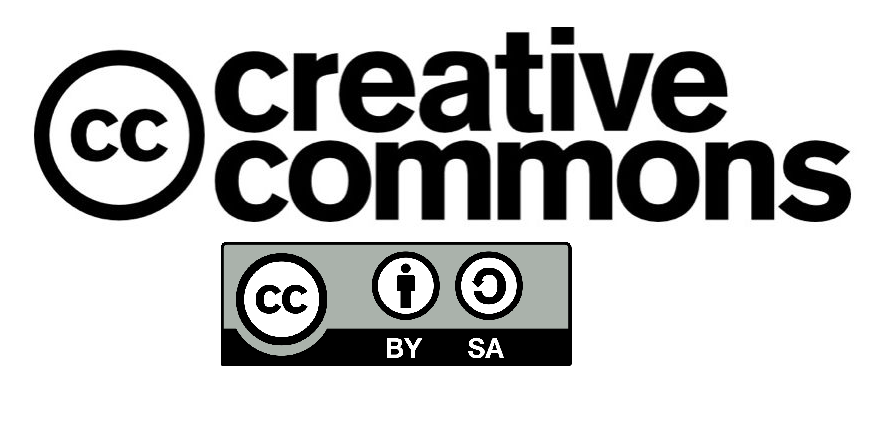
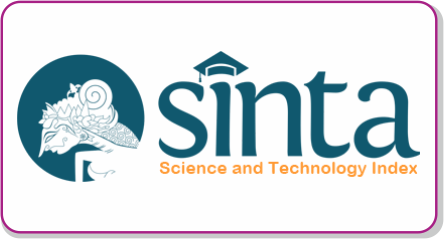
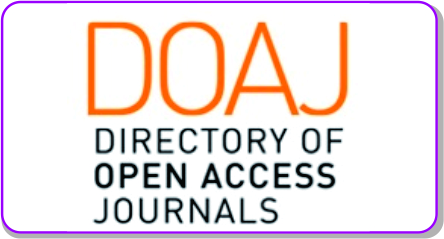


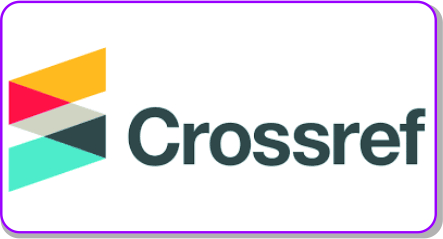


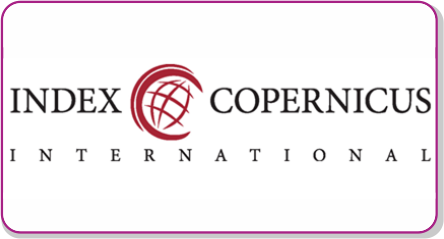

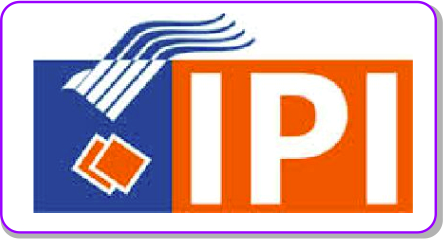 Â
 